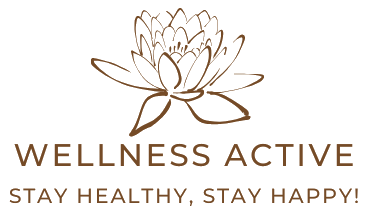Hip and pelvic floor strength & flexibility is a woman’s overall health powerhouse, especially from the perspective of Yogic and Holistic practice. Having a strong pelvis region will support better reproductive health, alleviate your lower back pain, and improve core stability. Hip-opening exercises in the form of yoga poses like Baddha Konasana (Bound Angle Pose) or Eka Pada Rajakapotasana (Pigeon Pose) do wonders to improve your movability and flexibility.
It is important to learn these poses from an experienced yoga instructor and practice regularly in order to safely master these techniques and gain a long-lasting benefit. The following is a set of hip-opening asana series that help tone the organs and enhance joint mobility and overall well-being in women.
Hip Opener Asana Series
Supta Baddha Konasana — Reclining Bound Angle Pose
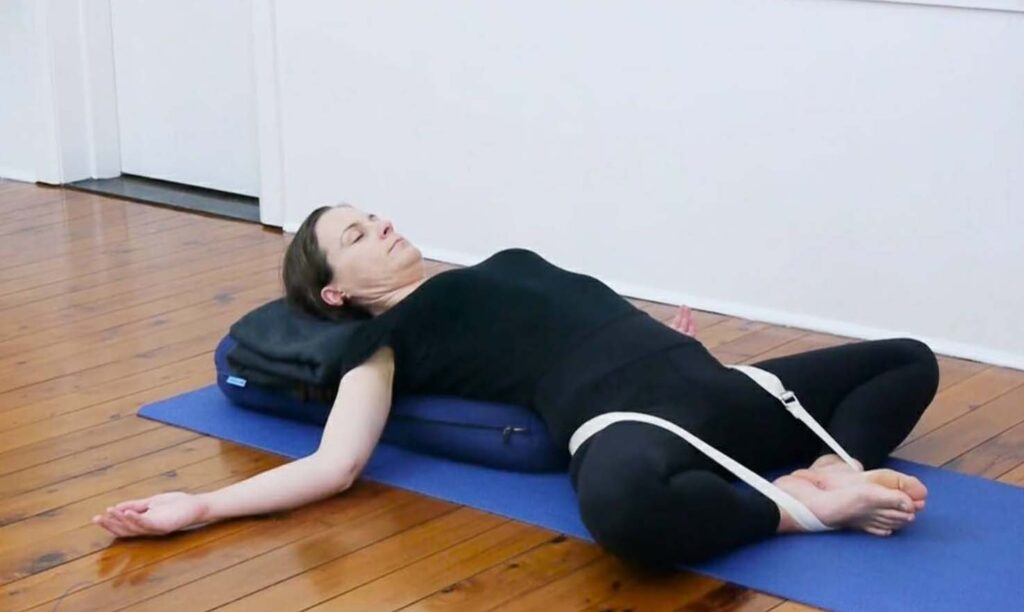
- Lie on your back.
- Kneel and bring the soles of your feet together, letting your knees fall open.
- Put both of your hands on the abdomen Or stretch to the sides.
- Do this pose up to 1-2 minutes, with deep breathing.
Happy Baby Pose — Ananda Balasana
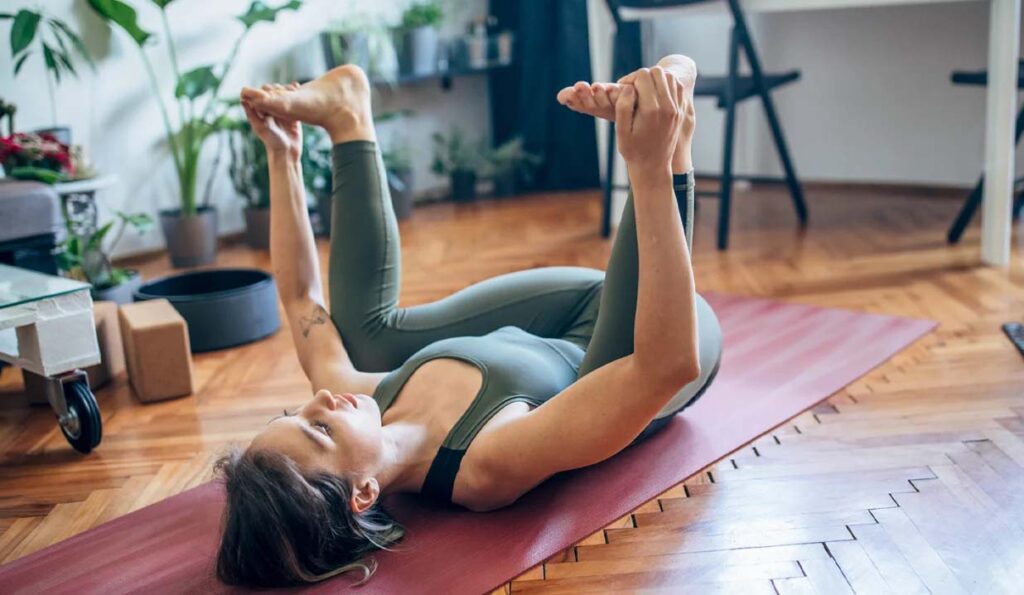
- Lie on your back and bring your knees towards your chest.
- Grab the outsides of your feet with your hands.
- Gently pull your knees towards the floor, keeping your ankles over your knees.
- Hold for 1-2 minutes, rocking gently if desired.
Baddha Konasana — Bound Angle Pose
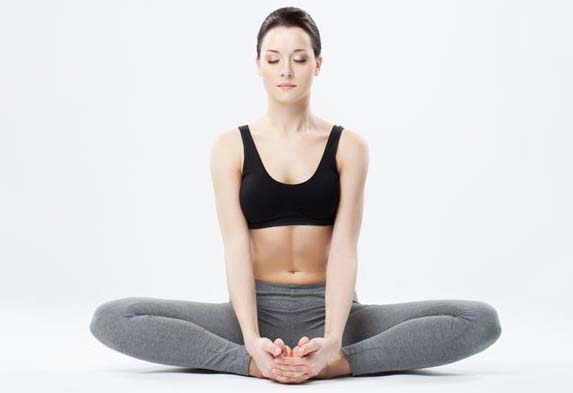
- Sit with your spine straight.
- Draw the soles of your feet together and allow your knees to open out.
- Toes or ankles with hands
- Again, externally roll your legs until they touch down on the (yep) floor.
- Keep it this way for 1–2 minutes. Breathe deep in the meantime!
Anjaneyasana — Low Lunge
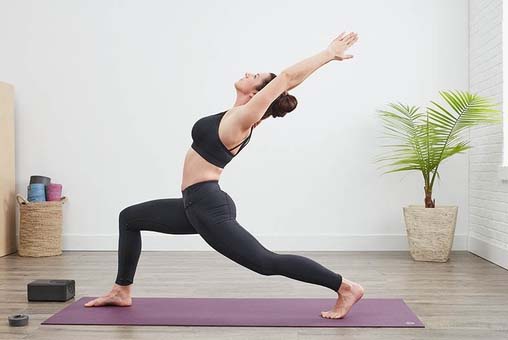
- Stand with one foot back and lower your knee to the ground
- Make sure the front knee is over the ankle line and that your back knee is in line with your hip.
- You can rest your hands on the front knee or lift them above your head.
- Keep it for 30 seconds to 1 minute on each side.
Eka Pada Rajakapotasana — Pigeon Pose
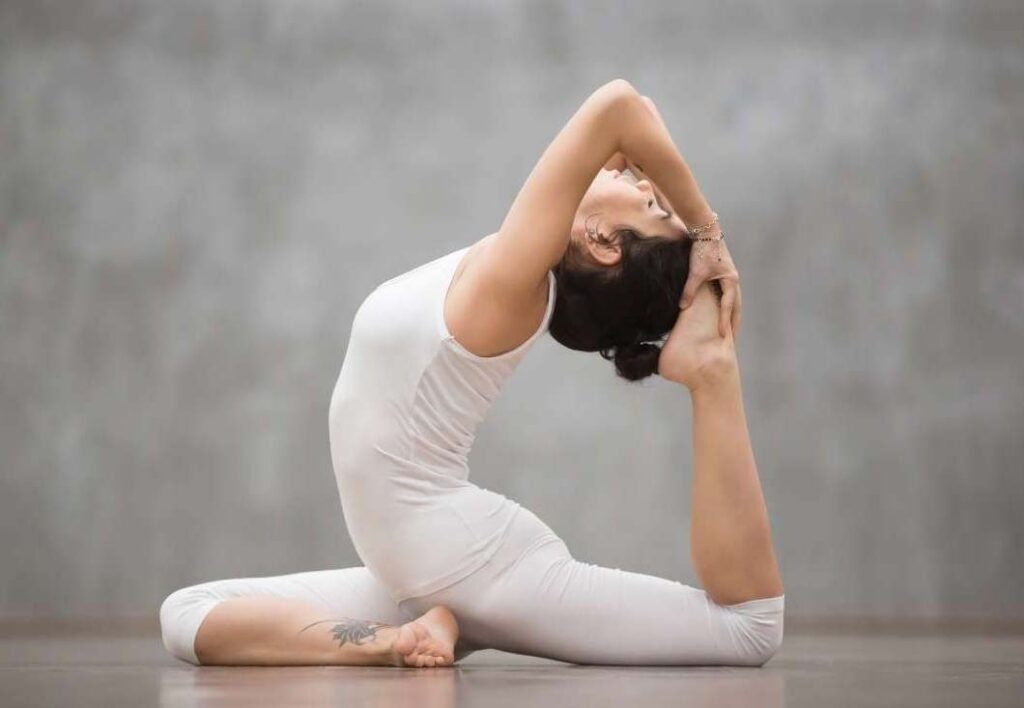
- Starting from Downward-Facing Dog, bring one knee forward so it is placed behind your wrist.
- Reach the other leg back into a full line.
- Now, square the hips and fall forward over the bent leg
- Hold for 1-2 minutes on each side, taking long deep breaths.
Upavistha Konasana — Wide-Angle Seated Forward Bend

- Begin in Dandasana (Staff Pose), with your legs extended straight out wide.
- Please remember to engage your feet and that the spine is an extension of the neck.
- Fold down from your hips slowly walking both of your hands forwards.
- Stay for 1-2 minutes, taking long breaths.
Gomukhasana — Cow Face Pose
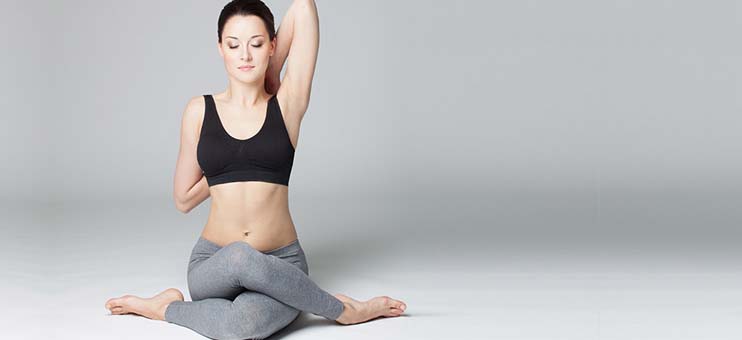
- Sit with your legs extended.
- Cross one leg over the other stacking your knees
- Sit back between your feet.
- Raise one arm and extend the other down your back, if possible clasping hands.
- Do this exercise for 1 minute on each side.
Malasana — Garland Pose

- Narrow squats. Squat with your feet together as close as possible without toppling over.
- Place your elbows inside your knees and bring your palms together.
- Straighten your spine and expand your chest.
- Keep breathing deeply and hold for 1-2 minutes.
Savasana — Corpse Pose)
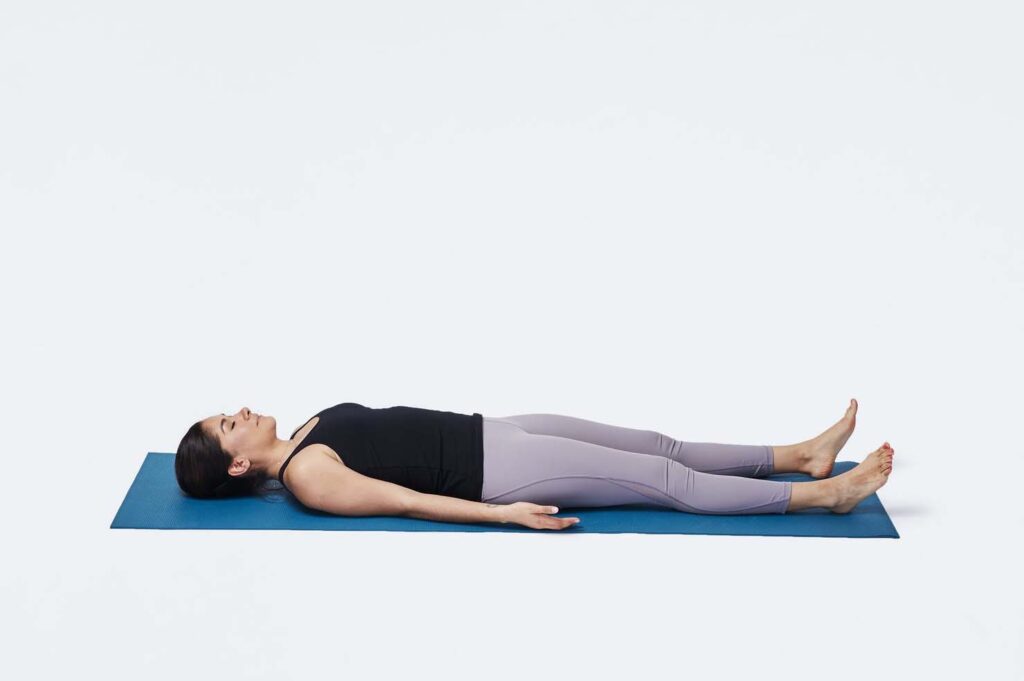
- Lying on your back with legs long and arms by your side.
- Lie back, close your eyes, and let go as deeply as you can.
- Stay here for 5–10 minutes to absorb all of the goodness of practicing the series.
Tips to Practice Hip Openers Smoothly at Home
Warm-Up — Always begin with a light 10-minute warm-up to prepare your muscles and joints.
Breathe — Practice deeper and more consistent breathing throughout the practice.
Honor Your Body — Transition into each pose with care and listen to your body — do not rush or push yourself towards discomfort.
Regular practice — progress is slow, and it will take time to increase the range of motion and get comfortable.
Reap the Seeds — Gaining Mobility and Relaxation From These Hip-Opener Asanas
Disclaimer: The information about the Hip-opener series is only for informative purposes. It is best to take individual training from a real expert in yogasana, i.e. if you want to do asanas correctly. However, consuming multimedia content and practicing asana without appropriate guidance can have negative effects.
